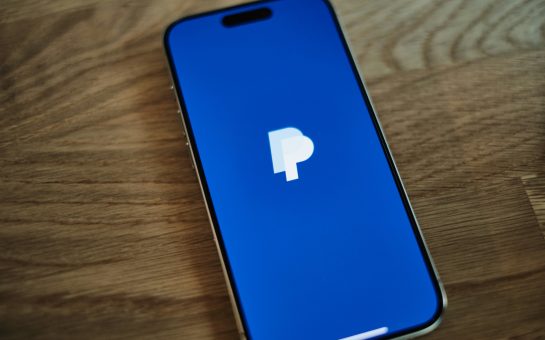Black Friday is the day of the year when frantic shoppers hunt for price cuts, deals, and bargains online, in the high street and in shopping centres.
We looked deeper into the history of how the day came into our calendars.
Originally an American concept that surfaced in the 1950s, Black Friday was a term given to the Friday after Thanksgiving and was considered the start of the Christmas season.
Before it become synonymous with shopping, Black Friday was what the police and NHS called the last Friday before Christmas.
This was because emergency services would activate contingency plans to deal with the increased demand that would come on this day.
The first site to introduce Black Friday deals was Amazon which first introduced the cuts in 2010.
During the first online Black Friday sale on Amazon, the website could not keep up with the number of customers causing it to crash repeatedly.
It was not until 2013 when Walmart-owned Asda introduced the first high street deals, setting the trend across the UK.
2014 was the year that other retailers began to introduce their Black Friday deals; year after year, the deals have expanded across more venues.
It is estimated that Brits will plan to spend £3 billion in this year’s sales, when Cyber Monday – sales on three days after Black Friday – are factored in. This is approximately £113 per person on average.
This is a drop of £900 million from the previous year.
Picture courtesy of Jonathan Hutchins




